Our Technology
OF THE EXISTING AND ITS LIMITS
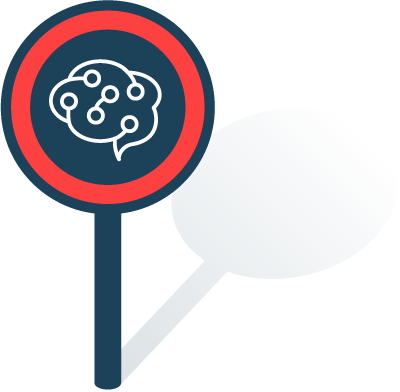
A new approach
The natural selection thanks to NNTO Technology
Mutants AI!
- The generation service produces AIs from the catalog of HOF (Hall of Fame) parent models and applies to them mutations (hence the term Mutant). It builds them according to our rules for the appearance of mutations and your selection criteria (typology of objective or size for example).
- The selection service chooses, according to the scores that are reported and the constraints applied, the models that will join the parents' catalog, thus replacing the less suitable models.
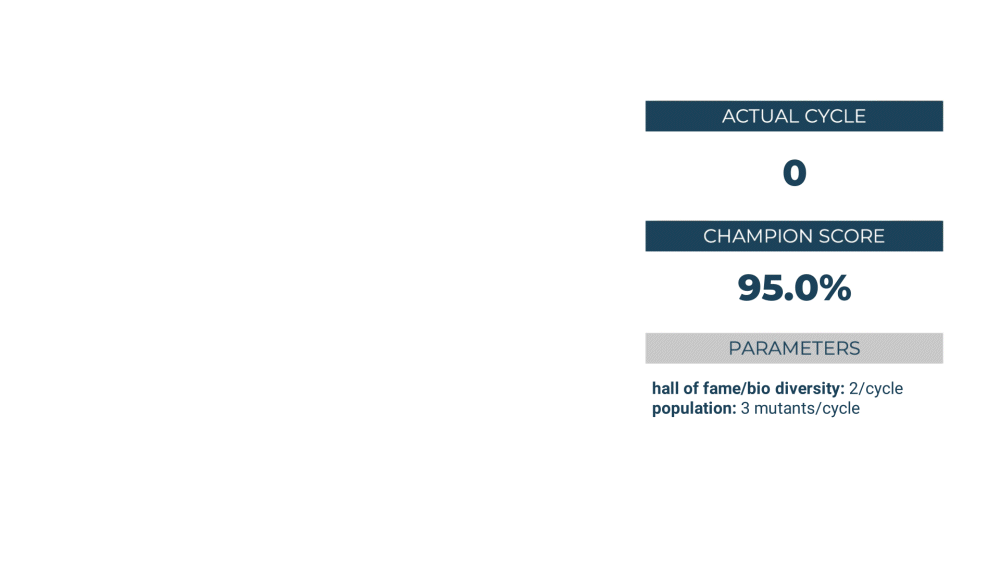
Selection criteria
This score can be:
- A raw return of a Val_acc calculated by the framework
- A MAE calculated by the framework,
- The F1 calculated by the framework,
- A composite of the type [80%val_acc+20c*factor X], the factor X being able to be the result of the set of ethical data (0 or 1) or even a criterion of explicability of models (formal validation…)
- The size of the model (number of parameters),
- Its speed of execution (average time of an epoch),
- The difference in error compared to catalog models.
A simplified model design process
This approach implies a change in the way models are designed.
CURRENT DESIGN
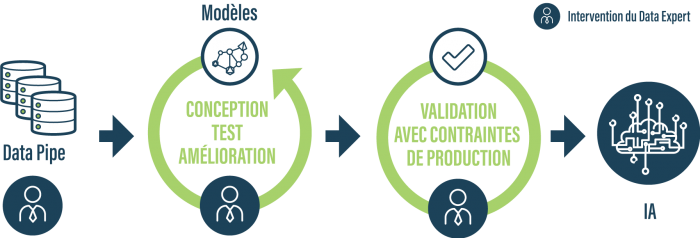
DESIGN WITH DATAVALORIS
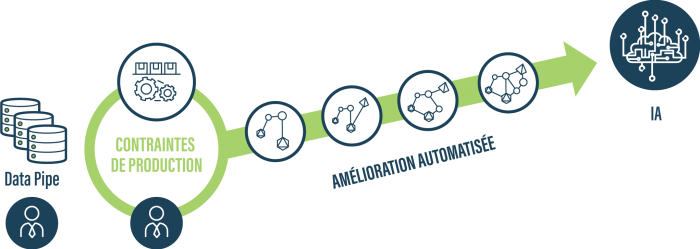
Thus, this new method of designing AI models takes into account business needs and production imperatives from the design process instead of a manual trial/error mechanism with validation of operational constraints at the time of implementation in production.
"From scratch" or "optimized" IA
The question that would remain to be defined would be at what stage the generation of the model should take place. Should we start from a model with an input and output layer or from a SOTA (state of the art) model?
Our technology excels in optimization, so we recommend starting from a model, if it exists, that has already proven itself.

RAISE, the automated platform for the automatic generation of AI models
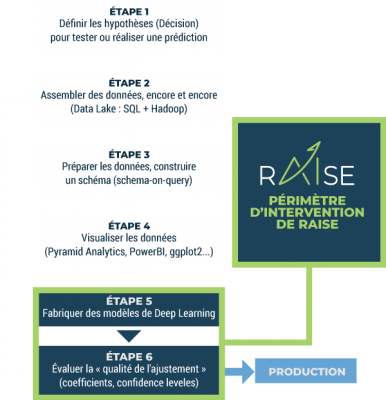
a patented, secure and controlled process
This secure architecture does not require the company's data to be removed and makes it possible to control learning hardware costs.
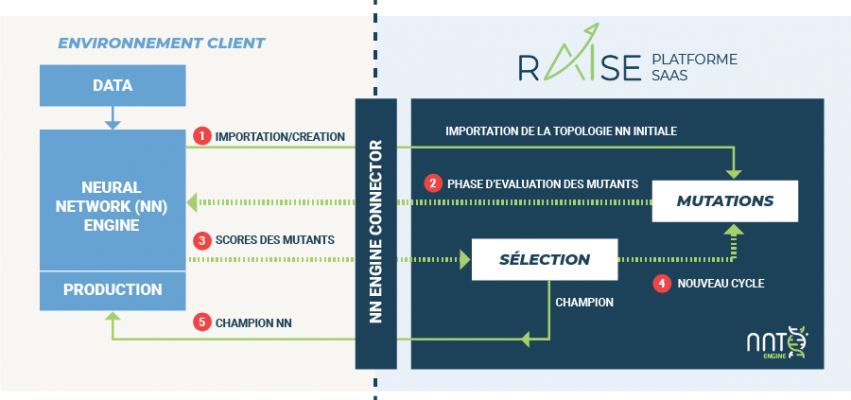
MORE ROBUST MODELS
A TOOL TO SUPPORT (RELEASE) DATA EXPERTS
A CONSTANTLY EVOLVING RANGE OF USE
test now
the raise platform
for free!
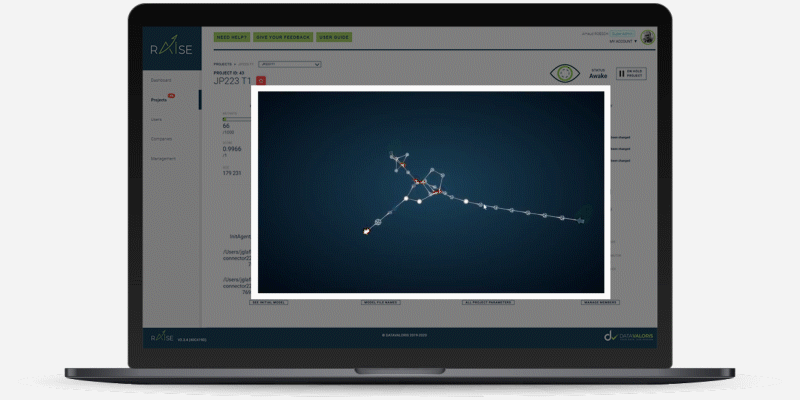
RAISE Glossary
Mutant :
HOF size :
Population :
Cycle :
Generation :
The generation is an indicative value. The generation of a mutant corresponds to the number of ancestors it has since the initial model. So a generation 2 mutant has a father and a grandfather and the grandfather is the initial model. The max generation is the maximum generation of a mutant reached by the mutant generator for the considered project. The number of generations is not always correlated with its cycle of appearance. a son cycle d’apparition.
